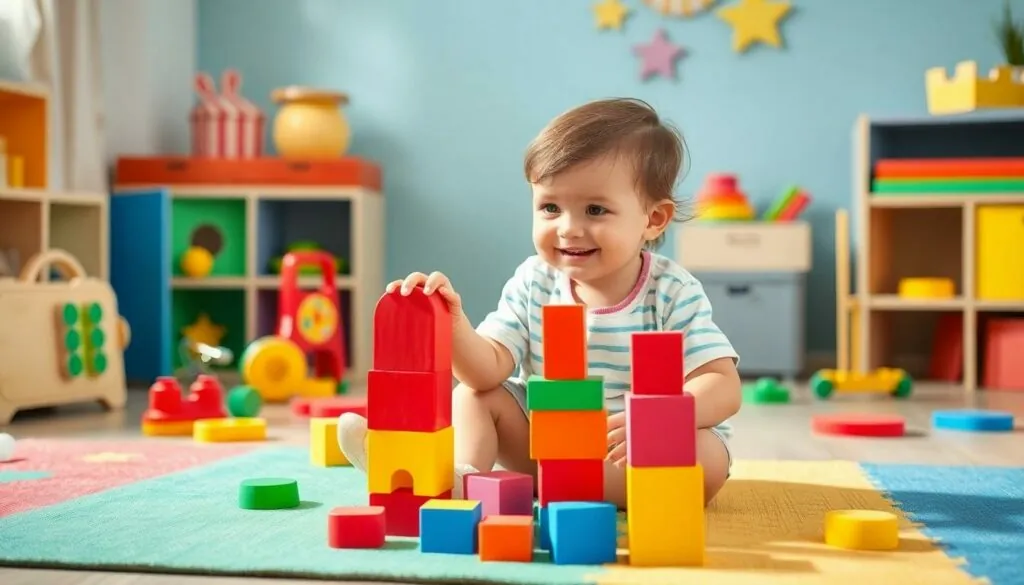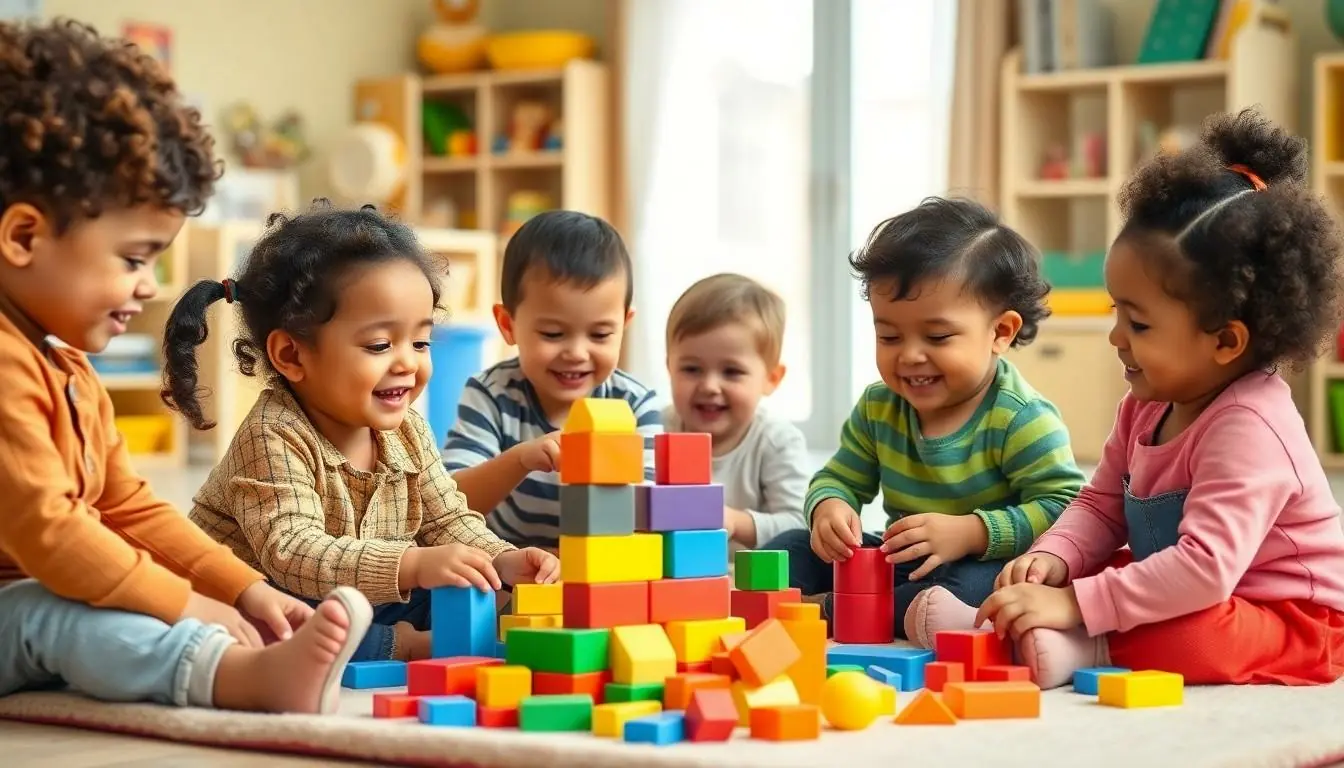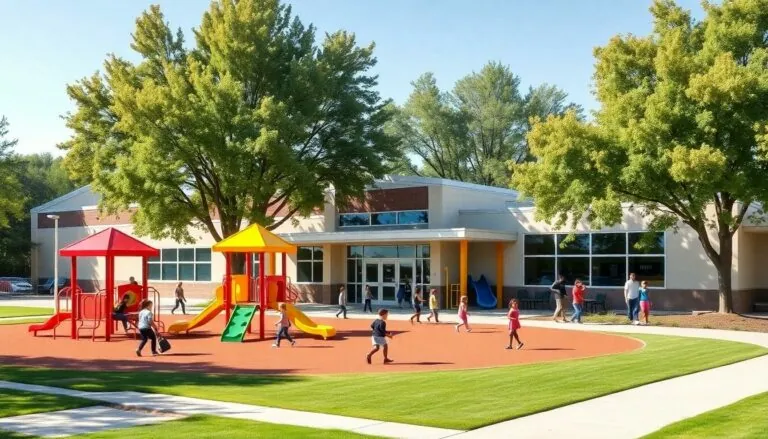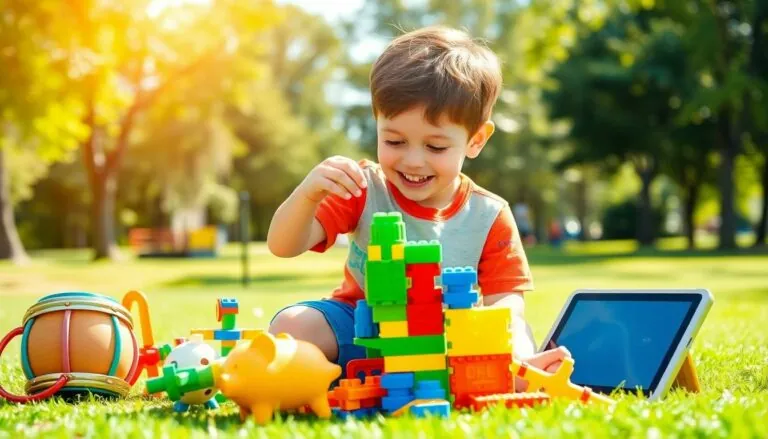Educational toys do more than keep tiny hands busy – they’re the secret weapons in a toddler’s learning arsenal. During the crucial ages of 2-3 when little minds are like sponges ready to soak up everything around them these toys become powerful tools for development and discovery.
Parents searching for the perfect educational toys often feel overwhelmed by endless options in toy stores and online marketplaces. But finding the right developmental toys doesn’t have to feel like solving a complex puzzle while a toddler redecorates your walls with crayon masterpieces. The key lies in understanding which toys will best support a child’s cognitive motor and social skills during this dynamic stage of growth.
Table of Contents
ToggleBenefits of Educational Toys for Toddler Development
Educational toys serve as powerful tools for toddler development during ages 2-3, offering structured learning experiences through play. These specialized toys create opportunities for skill-building across multiple developmental areas.
Cognitive Growth and Learning
Educational toys enhance cognitive development by stimulating problem-solving abilities in toddlers. Building blocks teach spatial relationships through stacking activities. Shape sorters develop pattern recognition skills when matching geometric forms. Puzzles strengthen memory retention as toddlers recall piece placement. Color-matching games expand vocabulary through object identification. Simple counting toys introduce basic mathematical concepts by associating numbers with physical objects. Interactive books engage toddlers in storytelling activities that boost language comprehension.
Motor Skills Enhancement
Educational toys strengthen both fine motor coordination through precise hand movements. Lacing cards develop finger dexterity as toddlers thread strings through holes. Play dough activities build hand strength when squeezing molding materials. Stacking rings improve hand-eye coordination during size arrangement tasks. Large building blocks enhance gross motor skills through lifting reaching movements. Musical instruments develop bilateral coordination when playing rhythmic patterns. Art supplies like chunky crayons refine grip control during scribbling activities. Sorting toys strengthen pincer grasp through object manipulation.
Types of Educational Toys for 2-3 Year Olds
Educational toys for toddlers aged 2-3 fall into distinct categories that target specific developmental areas. Each type serves multiple learning purposes while keeping young children engaged through hands-on exploration.
Building Blocks and Construction Sets
Building blocks enhance spatial awareness through stacking activities. Wooden blocks provide a tactile experience for exploring shapes sizes colors. DUPLO blocks introduce early engineering concepts with their interlocking design. Magnetic tiles allow creative construction while developing hand-eye coordination. Foam blocks offer safe lightweight options for indoor play. These construction toys build:
- Fine motor control through grasping placing stacking
- Problem-solving skills via trial error learning
- Basic math concepts including counting sorting grouping
- Social skills when building with parents peers
Shape Sorters and Puzzles
Shape sorters develop cognitive reasoning through matching classification tasks. Basic wooden puzzles with 3-5 large pieces introduce problem-solving concepts. Knob puzzles improve pincer grasp finger strength. Electronic shape sorters add audio feedback for enhanced learning. Key benefits include:
- Visual discrimination between shapes colors sizes
- Hand-eye coordination refined motor skills
- Spatial awareness object permanence
- Pattern recognition sequencing abilities
- Vocabulary development through shape color names
Pretend Play Items
- Kitchen sets with plastic food utensils
- Tool sets for mimicking household tasks
- Animal figures for storytelling activities
- Simple costumes props for role-play
- Toy phones for communication practice
Key Features to Look for in Toddler Learning Toys
Selecting educational toys for toddlers requires careful attention to specific features that enhance both safety and developmental benefits. The right features ensure maximum engagement while supporting age-appropriate learning opportunities.
Safety Considerations
Quality educational toys meet strict safety standards through rigorous testing protocols. Components measure at least 1.25 inches in diameter to prevent choking hazards. Non-toxic materials include BPA-free plastics, natural woods coated with lead-free paint, or organic textiles certified by GOTS (Global Organic Textile Standard). Rounded edges eliminate sharp corners that could cause injury. Sturdy construction prevents pieces from breaking off during active play. Safety certifications from recognized bodies like ASTM International or CE marking indicate compliance with established guidelines. Regular inspection of toys reveals loose parts, sharp edges, or wear that requires immediate removal from play areas.
Age-Appropriate Design
Educational toys for 2-3 year olds incorporate specific design elements that match developmental capabilities. Large buttons measure 2-3 inches for easy manipulation by small fingers. Simple puzzles contain 3-5 pieces with clear pictures and defined edges. Blocks feature sizes that fit comfortably in toddler hands (2-4 inches). Colors appear in bold, contrasting combinations to aid visual recognition. Sound features maintain moderate volume levels (under 85 decibels) to protect sensitive ears. Touch-responsive surfaces provide immediate feedback to encourage exploration. Storage solutions include containers with wide openings for independent cleanup. Weight distribution ensures toys remain stable during active play sessions.
Best Educational Toys by Learning Category
Educational toys for toddlers age 2-3 target specific developmental areas through focused play activities. These categories enhance distinct learning outcomes while maintaining engagement through age-appropriate challenges.
Language Development Toys
Language-rich toys create opportunities for vocabulary expansion through interactive play. Electronic books with touch-activated sounds introduce new words while building comprehension skills. Picture flashcards featuring animals, objects, colors increase word recognition in 2-3 year olds. Magnetic letter boards enable hands-on alphabet learning through tactile exploration. Puppet sets with character figures encourage storytelling, verbal expression, conversation skills. Simple wooden matching games pair images with corresponding words to reinforce language connections.
Math and Problem-Solving Toys
Mathematical thinking emerges through structured play with counting blocks, shape sorters, stacking cups. Number puzzles with large pieces teach basic counting skills from 1-10. Sorting toys with different colors, sizes, shapes develop early classification abilities. Pattern blocks introduce sequence recognition through geometric shapes. Simple board games with counting spaces build number sense through active play. Shape-matching toys strengthen spatial awareness while introducing basic geometric concepts.
Creative Expression Toys
Art supplies designed for small hands foster imaginative development through sensory exploration. Chunky crayons, washable markers, finger paints allow toddlers to experiment with colors freely. Play dough sets with texture tools develop fine motor control through squishing, rolling, molding. Musical instruments like xylophones, drums, shakers encourage rhythm recognition through sound creation. Dress-up clothes, puppets, play kitchens spark dramatic play scenarios. Building blocks in various textures inspire open-ended construction activities.
Making the Most of Educational Playtime
Educational playtime transforms into a powerful learning experience through structured activities and thoughtful toy combinations. Parents enhance their toddler’s development by creating engaging routines and maximizing toy interactions.
Creating Learning Routines
Learning routines establish predictable patterns that optimize a toddler’s educational play experience. Parents set dedicated play sessions of 15-20 minutes during peak energy times, such as mid-morning or after naps. Designating specific areas for different activities creates distinct learning zones – reading corners for literacy toys, open spaces for movement toys. Rotating toys weekly maintains novelty while reinforcing learned concepts. Incorporating educational toys into daily activities connects learning with routine experiences like sorting laundry colors or counting snacks. Simple transitions between activities help toddlers move smoothly from one learning experience to another.
Combining Toys for Enhanced Learning
Strategic toy combinations create rich multi-sensory learning experiences. Pairing building blocks with counting toys introduces mathematical concepts through hands-on construction. Musical instruments combine with picture cards to enhance vocabulary through rhythm and visual recognition. Shape sorters integrate with pretend play sets to teach classification while encouraging imaginative scenarios. Color-matching games merge with art supplies to reinforce color recognition through creative expression. Puzzle pieces complement storytelling props to build narrative skills alongside problem-solving abilities. These purposeful combinations activate multiple learning pathways simultaneously, maximizing educational benefits during playtime.
Conclusion
Educational toys serve as powerful tools for toddler development during the crucial ages of 2-3. The right combination of age-appropriate toys creates a foundation for learning that extends far beyond playtime. Parents who thoughtfully select toys that target specific developmental areas while prioritizing safety and engagement set their children up for success.
By incorporating a mix of building blocks puzzles pretend play items and creative expression toys parents can create an enriching environment that supports their toddler’s cognitive motor and social development. The key lies in establishing consistent play routines and rotating toys strategically to maintain engagement while fostering continuous learning.
Remember that the best educational toys are those that grow with your child offering new challenges and learning opportunities as they develop. With careful selection and thoughtful implementation these toys become invaluable partners in your toddler’s early learning journey.






